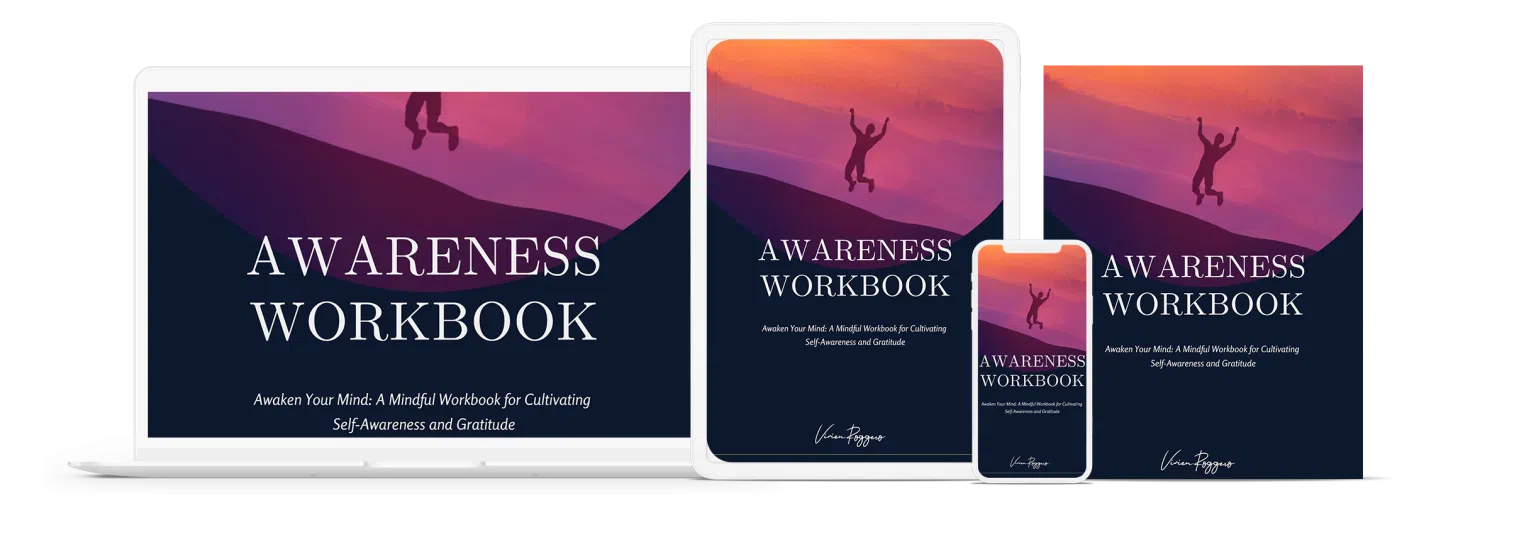In today’s competitive workplace environment, the art of delivering constructive feedback is pivotal. A well-timed, thoughtfully crafted piece of feedback can significantly elevate team dynamics, enhance performance, and catalyze personal and professional growth.
Unlike sheer criticism, which often focuses on the negative and can demoralize, constructive feedback is about building. It bridges the gap between current performance and potential, providing insights while fostering a sense of partnership and mutual respect.
This article is a guide to master the delicate craft of constructive feedback. From understanding its nuances to implementing it practically, embark on a journey to transform your feedback delivery at work.
Understanding Constructive Feedback
Definition of Constructive Feedback
Constructive feedback is insightful information provided objectively to help another person reflect and grow. Rooted in genuineness, it is well-intentioned, specific, actionable, and timely.
The Importance of Providing Timely and Specific Feedback
Timeliness is paramount. Feedback is most effective when given shortly after the event. Coupled with specificity, it ensures clarity, avoids misunderstandings, and paves the way for immediate corrective action.
Creating a Positive Feedback Culture in the Workplace
Promoting a culture of open communication and mutual respect is essential. Employees should feel safe and valued, knowing that feedback is aimed at fostering growth rather than pointing fingers.
The Benefits of Constructive Feedback

Improved Performance and Productivity
Constructive feedback serves as a roadmap, guiding employees towards improved results. By illuminating areas of improvement, it inherently boosts productivity.
Strengthening Employee Engagement and Morale
Employees value being seen and heard. When feedback is constructive, it signals care and investment in their progress, bolstering morale and deepening engagement.
Fostering a Culture of Continuous Improvement
With regular and meaningful feedback, a culture of perpetual learning and development emerges. Teams become more agile, adaptable, and committed to excellence.
Preparing for Giving Feedback
Conducting a Self-Reflection
Before diving into feedback, introspect. Ensure your intentions are rooted in genuine interest in the recipient’s growth, not personal biases or frustrations.
Collecting Relevant Data and Observations
Feedback should be rooted in facts. Gather tangible evidence or specific instances to ensure your feedback is grounded and objective.
Choosing the Right Time and Setting for Feedback Delivery
Timing is everything. Choose a moment when the recipient is most receptive, and in a setting that’s private and comfortable.
Constructive Feedback Delivery
Start with Positive Reinforcement
Always commence with the positives. Recognizing strengths and achievements sets a positive tone and makes the subsequent areas of improvement more palatable.
Use the SBI Model: Situation, Behavior, Impact
This model promotes clarity. Describe the specific situation, detail the observed behavior, and explain its impact, ensuring a clear message.
Offer Specific Examples and Avoid Generalizations
Clarity is king. Offer concise examples and steer clear of broad generalizations, which can be ambiguous and less actionable.
Remain Objective and Avoid Personal Attacks
Keep emotions at bay. Stick to the facts and refrain from making it personal. Personal jabs can cloud the core message and harm the relationship.
Be Clear, Concise, and Respectful
Conciseness is key. Ensure your feedback is succinct, understandable, and delivered with utmost respect.
Active Listening and Open Dialogue
The Importance of Active Listening
In feedback delivery, speaking is only half the equation. Active listening involves fully concentrating, understanding, and responding to what the other person says. This fosters trust and ensures that both parties are on the same page.
Encouraging the Recipient to Share Their Perspective
Feedback is a two-way street. Give the recipient the floor to voice their perspective. This promotes a sense of partnership and can provide valuable insights into underlying issues or concerns.
Asking Questions to Promote Understanding and Clarity
By posing questions, you can delve deeper into the recipient’s viewpoint, clear up any ambiguities, and foster mutual understanding.
Handling Emotional Reactions
Recognizing and Acknowledging Emotions
Feedback can elicit strong emotions. It’s essential to recognize and validate these feelings without getting defensive. A simple acknowledgment can diffuse tension.
Providing Support and Empathy
Offer a supportive and empathetic ear. Understand that feedback can be challenging to digest. Show you care by offering assurance and being there for them.
Redirecting Emotions Toward Problem-Solving
While it’s crucial to acknowledge emotions, the focus should eventually shift towards constructive solutions. Encourage the recipient to channel their feelings into positive actions.
Goal Setting and Action Plans

Collaboratively Setting Goals for Improvement
After providing feedback, jointly establish goals. This ensures that both parties are aligned and working towards a common objective.
Identifying Resources and Support for Achieving Goals
Connect the recipient with resources or training that might aid them. Whether it’s a workshop, course, or mentor, ensure they have the tools to succeed.
Creating a Follow-Up Plan for Feedback Evaluation
To track progress, set up periodic check-ins. This accountability ensures that feedback isn’t forgotten and aids in continuous growth.
Providing Ongoing Support and Encouragement
Offering Additional Resources and Training Opportunities
Always be on the lookout for opportunities to help the recipient grow. From seminars to books, equip them with tools for success.
Recognizing Progress and Efforts
Celebrate small victories. Recognizing and appreciating progress fosters motivation and shows that their hard work hasn’t gone unnoticed.
Regularly Checking in on Development
Periodic check-ins are crucial. This ongoing dialogue ensures that both parties remain aligned, and any new challenges can be swiftly addressed.
Dealing with Resistance or Persistent Performance Issues
Strategies for Addressing Resistance to Feedback
Resistance can arise. When it does, reiterate your intentions, seek mutual understanding, and possibly adjust your approach based on the recipient’s feedback.
When to Seek Additional Support (HR, Mediation, etc.)
If challenges persist or escalate, it might be time to involve a third party. They can provide a fresh perspective, mediate, and help navigate the situation.
Balancing Feedback with Accountability Measures
While feedback is essential, sometimes further measures are needed. Whether it’s performance plans or other interventions, ensure there’s a balance between guidance and accountability.
Conclusion
Constructive feedback is the backbone of personal and professional development. It’s an art, a science, and most importantly, an act of genuine care. In the workplace, it forms the foundation for growth, development, and mutual respect.
Embrace feedback. Whether you’re giving or receiving, it’s a golden opportunity. Seize it, refine it, and watch as it transforms relationships and results.
A workplace that thrives on constructive feedback is one where innovation flourishes, morale soars, and everyone feels valued. By mastering this art, you don’t just contribute to an individual’s growth but to the collective success of your organization.













![2024 Awareness Wordbook by Vivien Roggero [Self-discovery tools]](http://vivienroggero.com/wp-content/uploads/2023/04/Book-Awarness-Full-pack.png)